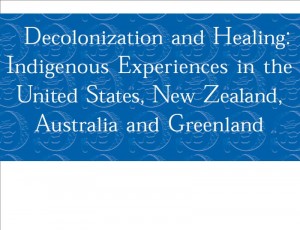Another source of information that can really expand our horizons in regard to the aboriginal rich and unique culture is an official website run by aboriginal themselves: http://firstpeoplesofcanada.com/fp_groups/fp_nwc1.html
The information given here is not just statistical but also an objective and vivid interpretation of factual accounts in the history of the aboriginal families residing in the west coast of British Columbia. Whether the site covers the aboriginal people in the west, middle or east sides of Canada, I think the similarities among the aboriginal tribes are more than the differences. This is a fact that all educators should know. This is helpful because education designers are inclined towards making a unified educational system that can cater for the aboriginal learners. If we compare between two tribes from two different places in Canada we will see how close they are in terms of traditions and customs.
What I like about the above-mentioned website is the layout of the material and the selection of the topics discussed in it. One of the topics that I found appealing is the one about family structure. It gives concise and informative information about the customs and people in general.
I am sure you will like it. By the way the topics are put in the lower part of the page. To access them you need to scroll down.
Hussain


